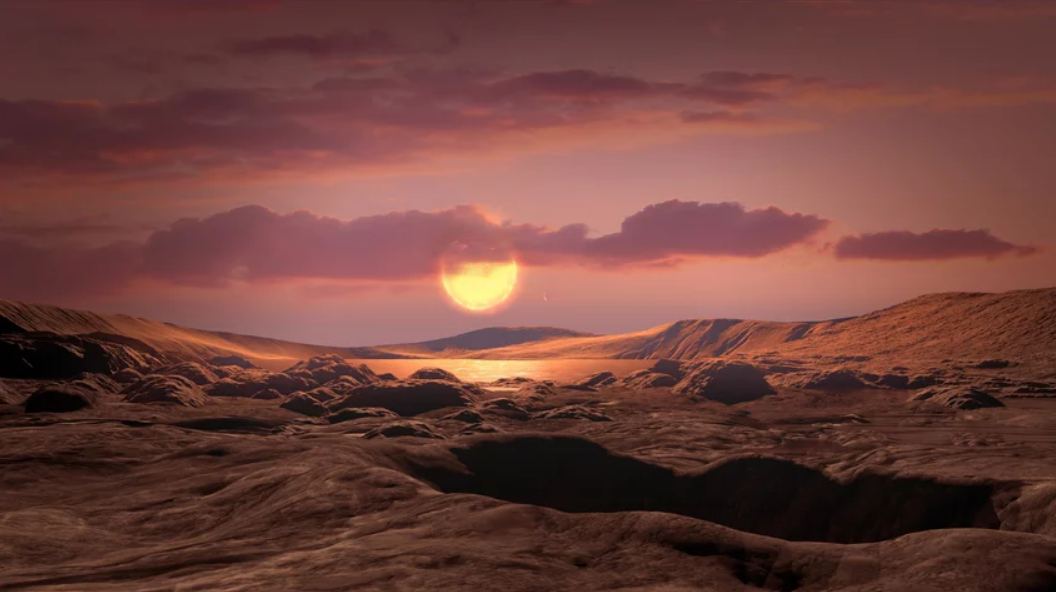The hunt for habitable extrasolar planets continues! Thanks to dedicated missions like Kepler, TESS, and Hubble, the number of confirmed extrasolar planets has exploded in the past fifteen years (with 5,272 confirmed and counting!). At the same time, next-generation telescopes, spectrometers, and advanced imaging techniques are allowing astronomers to study exoplanet atmospheres more closely. In short, the field is shifting from the process of discovery to characterization, allowing astronomers to more tightly constraint habitability.
Finding potentially-habitable “Earth-like” planets around these fainter stars is the purpose of the Calar Alto high-Resolution search for M dwarfs with Exoearths with Near-infrared and optical Echelle Spectrographs (CARMENES), located at the Calar Alto Observatory in Spain. In a study that appeared in Astronomy & Astrophysics today, the CARMENES Consortium published data (Data Release 1) data from about 20,000 observations taken between 2016 and 2020. Among the measurements obtained from 362 nearby cool stars, the DR1 contained data on 59 new planets.
Continue reading “59 New Planets Discovered in Our Neighborhood”










